
So You Need New Tires?
You have come to the right place! We are happy to give you a great price on new or quality used tires, simply fill out the form below and we will get back to you shortly!
Finding Your Tire Size
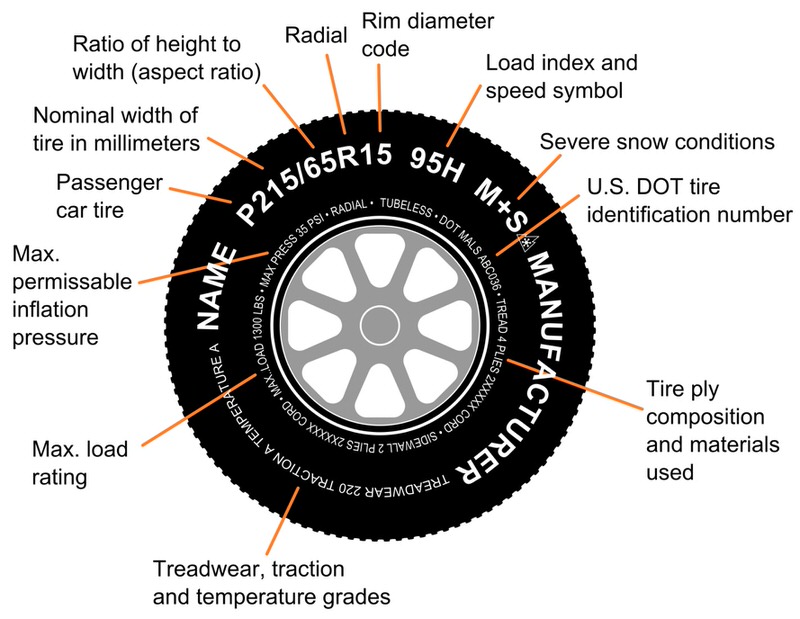
Examples of Tire Wear
As you drive your car, your tires will break down and will they will need to be replaced eventually. However beyond regular use, there are many reasons tires wear down more quickly than they should, worn shocks and brakes are the usual culprits. Tires should wear evenly across the entire surface of the tread so any tire wear that deviates from the norm may indicate one of the following issues: improper inflation pressures, unbalanced tire, wheel or rotor, suspension or alignment problems, brake problems, tire fault, or misuse.
New tires may not correct a wear pattern problem and can soon begin to wear unevenly or prematurely if the cause of the problem is not repaired. By using an infrared thermometer to measure uneven tire tread temperatures, a technician may be able to identify irregular wear prior to visual signs.
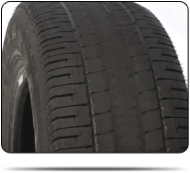
Centre Wear
Centre wear is typically due to over-inflation. The maximum inflation pressure, listed on the tire, is for when the vehicle is fully loaded. Centre wear may also be caused by mounting oversized tires onto narrow rims.
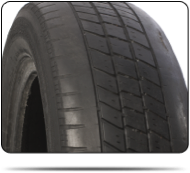
Shoulder Wear
Shoulder wear is often the result of low tire pressure, overloading the vehicle, or the use of undersized tires.
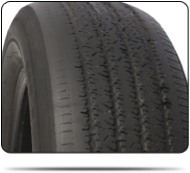
Camber Wear
Camber wear results when the tire is not vertically aligned properly with the surface of the road. Camber wear can be caused by a weak, broken, or incorrect spring. Excessive negative camber typically results in inside edge wear. Excessive positive camber typically results in outside edge wear.
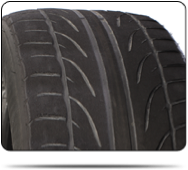
High-Speed Feathering
Heavy shoulder wear (typically feathered tread front to rear) can be caused by hard driving. Inspect anti-sway bar end links and springs for wear. A performance tire, or one with a stiffer side wall, can reduce high speed feathering of tires.
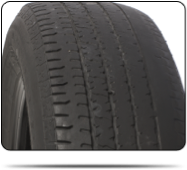
Toe Wear
Toe wear results when the tire is not aligned parallel to the center-line of the vehicle. Basically, the tire may point “Toe In” or “Toe Out.” Since toe can cause rapid wear, it is considered the most important alignment angle. Excessive toe results in a “saw toothed” pattern of wear across the tread surface.
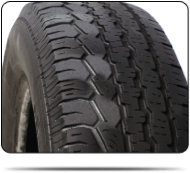
Cupped Wear
Cupped or scalloped dips appearing around the surface of the tread could indicate loose, worn, or sometimes bent suspension parts. Worn shock absorbers or unbalanced tires / wheels / brake rotors can also cause cupping, but the cupping would typically be more of a concentric pattern.
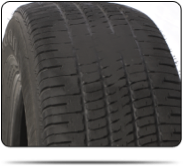
Brake Skid / Flat Spot Wear
When a tire slides across the road surface, it will scuff away the tread in one area. This generally happens as a result of the brakes locking up due to brake malfunction or the driver aggressively applying the brakes in an emergency situation. Flat spotting can also occur if the tire sat in oil, fuel or chemicals, or if the belts of the tire have shifted internally.
